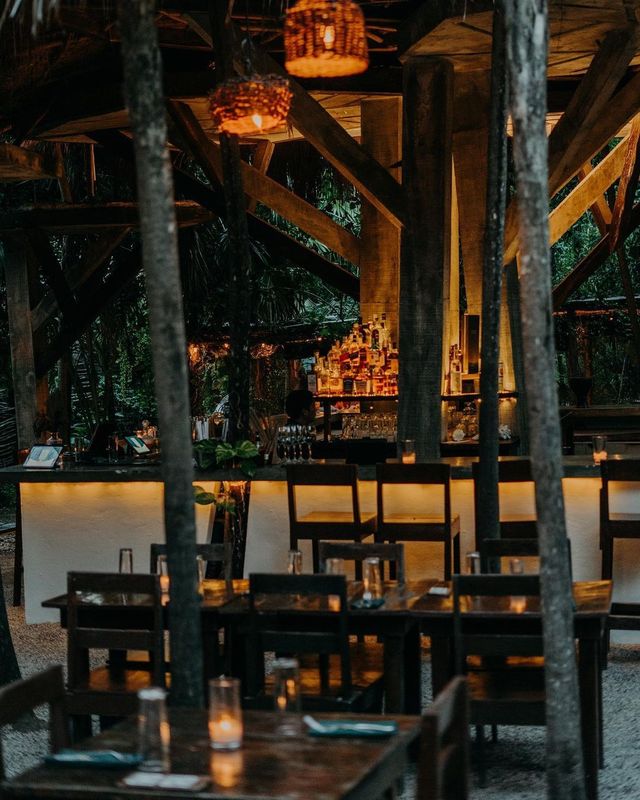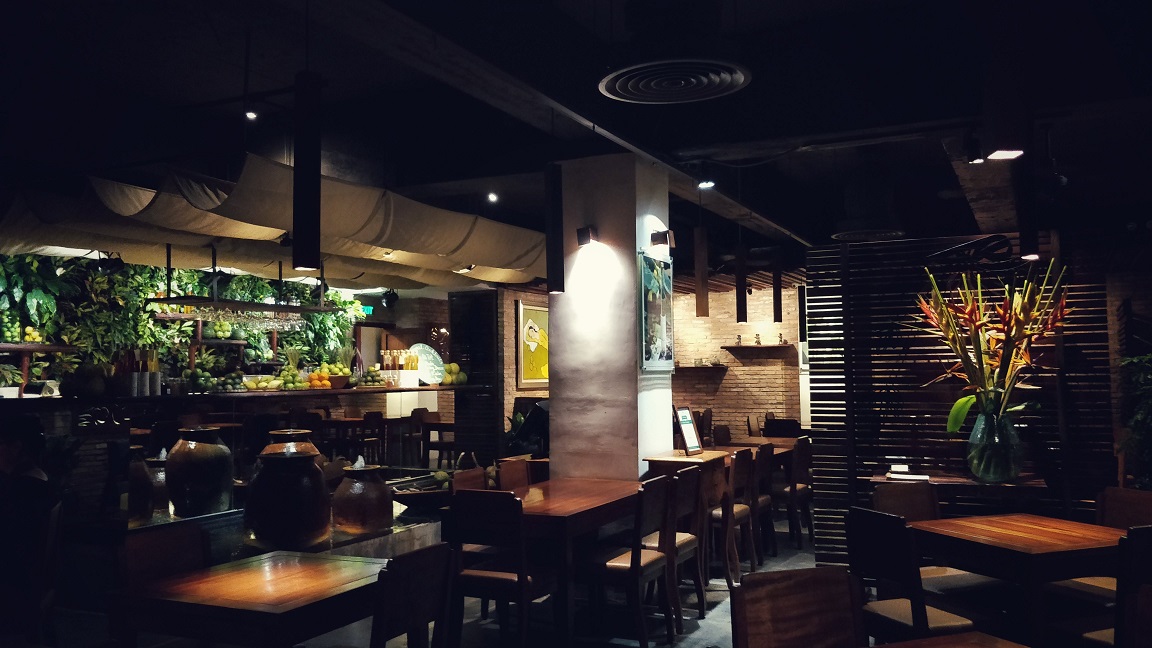Savor Authentic Asian Food With a Pan-Asian Spin for a Culinary Journey
Starting a cooking journey via authentic Eastern food, boosted with a Pan-Asian spin, uses an unique chance to check out the abundant tapestry of flavors that define the region's varied cooking customs. This experience invites you to enjoy the elegant balance of preferences-- sweet, salty, spicy, and sour-- integrated by fragrant natural herbs and seasonings. Think of the cutting-edge fusion of Thai curry and ramen or the unexpected pleasure of sushi burritos. As you ponder these luring dishes, consider the social stories and historic impacts that form them, each bite supplying a tale waiting to be discovered.

Discovering Pan-Asian Tastes
In the realm of worldwide gastronomy, Pan-Asian food stands out for its impressive diversity and the harmonious interaction of tastes from various Oriental societies. This culinary strategy celebrates the abundant traditions and one-of-a-kind ingredients found throughout the continent, developing a tapestry of preferences that is both interesting and satisfying. Secret to Pan-Asian food is its ability to balance contrasting tastes-- wonderful, salted, spicy, and sour-- while highlighting the quality and top quality of each ingredient.
From the umami-rich soy sauce of Japan to the intense chili peppers of Thailand, Pan-Asian cuisine provides a comprehensive combination of tastes. These elements are frequently incorporated in inventive methods, boosting meals with layers of complexity. As an example, using aromatic natural herbs such as lemongrass and cilantro, common in Vietnamese and Thai cuisine, adds a rejuvenating brightness to recipes, while the consolidation of coconut milk supplies a luscious, rich structure.
The focus on fresh fruit and vegetables and aromatic spices makes certain that each dish is not only a feast for the taste buds yet also for the senses. Pan-Asian food welcomes diners to start a cooking journey, exploring the large and differed landscapes of Oriental gastronomy with every bite.
Combination Meals to Attempt
While Pan-Asian food is celebrated for its standard flavors, the contemporary culinary landscape is increasingly embracing blend meals that blend these classic components with influences from other regions. This cutting-edge technique not only honors the abundant heritage of Asian cookeries yet additionally introduces novel preference experiences that interest contemporary tastes.
A prime example of such a combination dish is the Korean-Mexican taco, where seasoned bulgogi beef is wrapped in a cozy tortilla, covered with kimchi and a zesty gochujang-infused salsa. This combination weds the strong, tasty tastes of Korea with the vibrant, fresh aspects of Mexican cuisine. Likewise, sushi burritos have obtained popularity, joining together the delicate virtuosity of Japanese sushi with the hearty, hand-held comfort of a burrito, commonly featuring blend components like tempura shrimp and avocado with a drizzle of wasabi mayo.
One more significant dish is Thai curry ramen, which instills the luscious, aromatic flavors of Thai curry into the soothing broth of typical Japanese ramen, creating an unified mix that tantalizes the senses. These combination recipes extend beyond simple uniqueness; they represent a cooking discussion in between cultures, urging expedition and development worldwide of Pan-Asian food.
Vital Active Ingredients and Flavors
To truly appreciate Pan-Asian food, one must understand the essential components and flavors that develop its structure. This diverse culinary style draws from a rich tapestry of Eastern traditions, employing a harmonious blend of appearances and tastes. Key ingredients include soy sauce, fish sauce, and oyster sauce, which impart a full-flavored umami deepness essential to Oriental dishes. Complementary to these are rice vinegar and mirin, providing a fragile acidity and sweet taste.
Aromatic components are crucial, with lemongrass, ginger, and garlic being common throughout numerous Pan-Asian dishes. These ingredients offer a fragrant base that enhances the intricacy of flavors. Flavors such as star anise, cardamom, and cinnamon present warmth and character, resembling influences from regions like China and India.

Food Preparation Strategies and Tips
Understanding the art of Pan-Asian food needs knowledge with its unique food preparation strategies, each contributing to the vivid tapestry of tastes this culinary practice is celebrated for. Central to these approaches is the stir-fry, a fast food preparation strategy that maintains the dietary integrity and vibrant shades of ingredients. Using a frying pan, the stir-fry method enables for even warm distribution, important for attaining the particular structure and flavor equilibrium of Pan-Asian dishes.
Another fundamental method is steaming, especially widespread in Chinese food. This mild approach keeps the natural tastes and nutrients of ingredients, making it ideal for fish and shellfish and vegetables. Dumplings, a precious staple, typically take advantage of steaming, resulting in soft, delicious appearances.
Grilling, also integral, presents great smoky midsts to dishes such as Oriental bulgogi or Japanese yakitori (Chinese food Islamabad). This method commonly entails marinating components, enabling flavors to permeate deeply before food preparation over an open flame or warmer
Finally, mastering the art of balancing tastes-- wonderful, sour, salty, bitter, and umami-- is crucial. Effectively layering these components can boost a dish from ordinary to remarkable, supplying a facility and pleasing culinary experience that symbolizes the essence of Pan-Asian food.
Dining Experiences Worldwide
Around the world, Pan-Asian food provides an exceptional eating experience, celebrated for its abundant tapestry of flavors and vibrant discussions. This cooking phenomenon has actually gone beyond cultural borders, capturing the hearts and tastes buds of food lovers worldwide. In worldwide cities like New York, London, and Sydney, Pan-Asian restaurants offer as melting pots where culinary traditions from Thailand, Japan, China, and beyond merge, providing diners with an eclectic mix of recipes that highlight the area's variety.
The global charm of Pan-Asian food lies in its ability to use both credibility and technology. Cooks skillfully marry traditional ingredients such as lemongrass, soy sauce, and miso with modern strategies, leading to dishes that are both familiar and refreshingly brand-new. This combination enables restaurants to embark find out this here on a cooking journey that respects heritage while welcoming modernity.
Furthermore, eating experiences are raised with attentively made environments that show the values of Pan-Asian aesthetic appeals. From minimalist Japanese-inspired insides to vibrant Thai-themed spaces, each restaurant offers an unique atmosphere that enhances the cooking offerings. Therefore, clients are not just consuming a meal however partaking in a social experience, making Pan-Asian dining an absolutely international sensation.
Conclusion
The expedition of Pan-Asian food provides a profound understanding of the intricate interplay of flavors and cooking practices throughout Asia. By welcoming blend recipes such as Thai curry ramen and sushi burritos, the cooking journey not only highlights the flexibility of standard active ingredients read this however also showcases innovative contemporary strategies. This gastronomic journey, enhanced by necessary seasonings and cooking approaches, gives a special opportunity to appreciate the social diversity and culinary creativity that specify Pan-Asian cuisine on a global range.
Beginning on a cooking journey with genuine Oriental food, improved with a Pan-Asian twist, provides an unique possibility to explore the abundant tapestry of flavors that define the area's diverse cooking traditions.In the realm of global gastronomy, Pan-Asian food stands out for its amazing variety and the harmonious interplay of tastes from various Eastern cultures. Secret to Pan-Asian cuisine is its ability to stabilize different flavors-- pleasant, salted, spicy, and sour-- while highlighting the quality and top quality of each component.

Comments on “Best Asian Restaurant Islamabad: Experience Flavors from Across Asia”